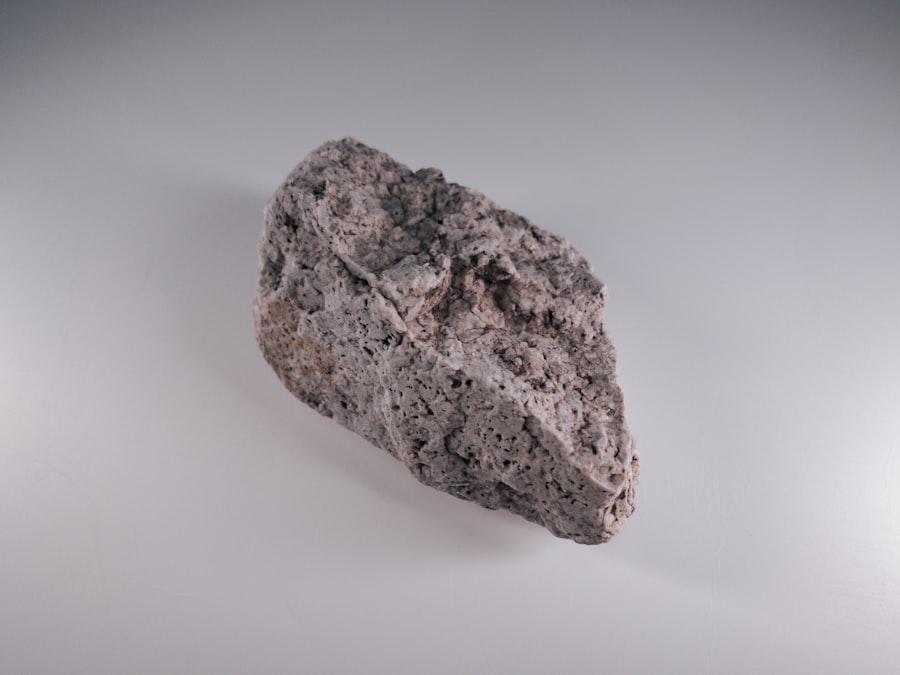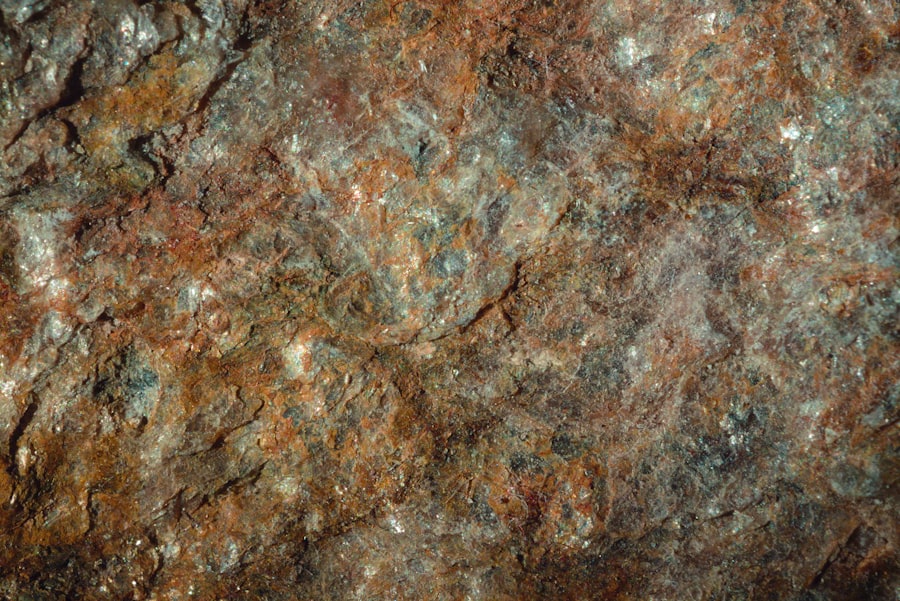Pyramid power is a concept that has intrigued both scientists and enthusiasts alike for decades. It refers to the belief that the unique shape and structure of pyramids can harness and amplify energy, leading to various beneficial effects. This idea gained significant traction in the 1970s, when proponents claimed that pyramids could preserve food, enhance meditation, and even promote healing.
The fascination with pyramid power is not merely a modern phenomenon; it has roots in ancient civilizations that revered pyramidal structures for their perceived mystical properties. As interest in alternative energy sources grows, the exploration of pyramid power, particularly in conjunction with piezoelectric materials like granite, has become a topic of renewed interest. The allure of pyramid power lies in its blend of ancient wisdom and modern scientific inquiry.
While many dismiss the concept as pseudoscience, others argue that there may be legitimate physical principles at play, particularly when considering the properties of certain materials. The intersection of geometry, energy, and natural resources presents a compelling area for exploration. As researchers delve deeper into the science behind pyramid power, they are uncovering fascinating connections between ancient architectural designs and contemporary energy solutions.
Key Takeaways
- Pyramid power harnesses the energy of piezoelectric granite to generate electricity.
- Piezoelectricity is the ability of certain materials, like granite, to generate an electric charge in response to applied mechanical stress.
- Granite possesses unique properties that make it an ideal material for harnessing piezoelectricity, such as its hardness and crystalline structure.
- The history of pyramid power dates back to ancient civilizations, but modern science has only recently begun to understand and harness its potential.
- Current research and developments in pyramid power focus on finding new applications and minimizing the environmental impact of using piezoelectric granite.
Understanding Piezoelectricity
Piezoelectricity is a phenomenon observed in certain materials that generate an electric charge in response to applied mechanical stress. This property is particularly significant in various applications, from sensors to actuators, and has garnered attention for its potential in energy harvesting. When pressure is applied to piezoelectric materials, they produce an electrical voltage, which can be harnessed for practical use.
This unique characteristic makes piezoelectric materials valuable in a range of industries, including electronics, automotive, and renewable energy. The underlying mechanism of piezoelectricity involves the displacement of charged particles within a material’s crystalline structure. When mechanical stress is applied, it alters the arrangement of these particles, resulting in an electric field.
This process can be reversible; when an electric field is applied to a piezoelectric material, it can induce mechanical deformation. This dual functionality opens up numerous possibilities for energy generation and conversion, making piezoelectric materials a focal point in the quest for sustainable energy solutions.
The Properties of Granite

Granite is a widely recognized igneous rock known for its durability and strength.
One of the most intriguing aspects of granite is its piezoelectric characteristics, which arise from its mineral composition and crystalline arrangement.
This property allows granite to generate electrical energy when subjected to mechanical stress, making it a candidate for applications in energy harvesting. In addition to its piezoelectric capabilities, granite is also celebrated for its thermal stability and resistance to weathering. These qualities make it an ideal material for construction and architectural projects, particularly in environments where durability is paramount.
The combination of strength and piezoelectricity positions granite as a valuable resource in the exploration of pyramid power, as researchers seek to understand how this natural material can be utilized to harness energy effectively.
The History of Pyramid Power
| Pyramid | Power | History |
|---|---|---|
| Giza | Energy | Ancient Egypt |
| Tikal | Healing | Mayan Civilization |
| Teotihuacan | Preservation | Aztec Civilization |
The concept of pyramid power has historical roots that trace back to ancient civilizations, particularly those that constructed monumental pyramids such as the Egyptians and the Mayans. These cultures imbued their pyramidal structures with spiritual significance, believing they served as conduits for cosmic energy or as gateways to the afterlife. The Great Pyramid of Giza, for instance, was not only a tomb but also a symbol of divine connection and celestial alignment.
In the 20th century, interest in pyramid power surged with the advent of new-age philosophies and alternative healing practices. The 1970s saw a proliferation of literature and experiments aimed at validating the claims surrounding pyramid power. Enthusiasts conducted various tests to explore the effects of pyramidal shapes on food preservation, plant growth, and even human health.
While many of these claims lacked rigorous scientific backing, they sparked curiosity and debate about the potential energy properties associated with pyramids.
The Science behind Harnessing Piezoelectric Granite
The integration of piezoelectricity with granite presents an exciting frontier in energy research. Scientists are investigating how the unique properties of granite can be harnessed to generate electricity through mechanical stress. This process involves applying pressure to granite structures—whether through natural forces like wind or human activities such as foot traffic—to produce electrical energy.
The challenge lies in optimizing the efficiency of this energy conversion process while ensuring that the structural integrity of granite remains intact. Research has shown that specific configurations and treatments can enhance the piezoelectric response of granite. By manipulating factors such as grain size and orientation within the crystalline structure, scientists aim to maximize the electrical output generated by mechanical stress.
This exploration not only sheds light on the potential applications of piezoelectric granite but also deepens our understanding of the fundamental principles governing piezoelectricity itself.
Applications of Piezoelectric Granite

The potential applications of piezoelectric granite are vast and varied. In urban environments, for instance, piezoelectric granite could be integrated into sidewalks or roadways to capture energy from pedestrian or vehicular movement. This harvested energy could then be used to power streetlights or public transportation systems, contributing to more sustainable urban infrastructure.
Additionally, piezoelectric granite may find applications in remote or off-grid locations where traditional energy sources are limited. By utilizing locally sourced granite with piezoelectric properties, communities could generate electricity for essential services such as water pumping or communication systems. The versatility of piezoelectric granite positions it as a promising solution for addressing energy needs in diverse settings.
Advantages and Disadvantages of Using Piezoelectric Granite
The use of piezoelectric granite offers several advantages that make it an attractive option for energy generation. Firstly, granite is abundant and widely available in many regions around the world, reducing reliance on imported materials for energy solutions. Secondly, its durability ensures a long lifespan for any installations made from this material, minimizing maintenance costs over time.
However, there are also challenges associated with harnessing piezoelectric granite. One significant disadvantage is the relatively low energy output compared to other renewable sources such as solar or wind power. While piezoelectricity can contribute to energy generation, it may not be sufficient as a standalone solution for large-scale energy needs.
Additionally, the initial costs associated with research and development may pose barriers to widespread adoption.
Current Research and Developments in Pyramid Power
As interest in pyramid power continues to grow, researchers are actively exploring innovative ways to harness this concept through scientific inquiry. Current studies focus on understanding the interactions between pyramid structures and their surrounding environments, particularly how these interactions can enhance energy generation through piezoelectric materials like granite. Collaborative efforts between engineers, architects, and scientists are paving the way for experimental projects that test the viability of integrating piezoelectric granite into architectural designs.
These projects aim to create structures that not only serve aesthetic purposes but also contribute to sustainable energy solutions. As research progresses, new findings may reshape our understanding of both pyramid power and the potential applications of piezoelectric materials.
Environmental Impact of Piezoelectric Granite
The environmental impact of utilizing piezoelectric granite is an essential consideration in its development as an energy source. On one hand, using locally sourced granite can reduce transportation emissions associated with importing materials from distant locations. Additionally, integrating piezoelectric technology into existing infrastructure can enhance energy efficiency without requiring extensive new construction.
Conversely, mining granite can have ecological consequences if not managed responsibly. It is crucial for researchers and developers to implement sustainable practices that minimize habitat disruption and ensure that extraction processes do not harm local ecosystems. By prioritizing environmentally friendly methods, the potential benefits of piezoelectric granite can be realized while safeguarding natural resources.
Potential Future Uses of Piezoelectric Granite
Looking ahead, the future uses of piezoelectric granite hold exciting possibilities across various sectors. In smart cities, for example, integrating piezoelectric materials into public spaces could lead to innovative solutions for energy generation while enhancing urban aesthetics. Imagine sidewalks that light up at night powered by the footsteps of pedestrians or roads that generate electricity from passing vehicles.
Moreover, advancements in technology may enable more efficient methods for harnessing piezoelectricity from granite. As research continues to evolve, new applications may emerge in fields such as wearable technology or portable devices that utilize piezoelectric materials for charging batteries on-the-go. The adaptability of piezoelectric granite positions it as a versatile resource for addressing future energy challenges.
The Future of Pyramid Power
In conclusion, pyramid power represents a fascinating intersection between ancient architectural wisdom and modern scientific exploration. The integration of piezoelectricity with materials like granite opens up new avenues for sustainable energy generation while honoring historical traditions. As researchers continue to investigate the properties and applications of piezoelectric granite, there is potential for significant advancements that could reshape our approach to energy production.
The future of pyramid power lies not only in its ability to harness energy but also in its capacity to inspire innovative solutions that blend technology with nature. By embracing this unique synergy, society may unlock new pathways toward sustainability while paying homage to the rich history that surrounds pyramidal structures. As interest grows and research progresses, pyramid power may very well become a cornerstone in the quest for renewable energy solutions in the years to come.
Recent studies have suggested that the Great Pyramid of Giza may possess unique piezoelectric properties due to the granite used in its construction.
For more insights into this fascinating topic, you can read the related article on the subject at XFile Findings.
WATCH THIS! Nikola Tesla’s Forbidden Secret: The Great Pyramid Was a Power Plant
FAQs
What is piezoelectric granite?
Piezoelectric granite refers to a type of granite that has the ability to generate an electrical charge in response to applied mechanical stress. This phenomenon is known as the piezoelectric effect.
What is the Great Pyramid?
The Great Pyramid of Giza is a historic pyramid located in Egypt. It is the largest of the three pyramids in the Giza pyramid complex and is considered one of the Seven Wonders of the Ancient World.
How is piezoelectric granite related to the Great Pyramid?
Recent research has suggested that the Great Pyramid of Giza may contain blocks of piezoelectric granite. This discovery has led to speculation about the potential use of piezoelectric properties in the construction and function of the pyramid.
What are the potential implications of piezoelectric granite in the Great Pyramid?
If the presence of piezoelectric granite in the Great Pyramid is confirmed, it could have significant implications for our understanding of the ancient Egyptians’ knowledge of materials and their potential use of advanced technologies in construction.
What further research is needed to confirm the presence of piezoelectric granite in the Great Pyramid?
Further scientific studies and analysis, including non-invasive techniques such as ground-penetrating radar and advanced imaging technologies, are needed to confirm the presence of piezoelectric granite in the Great Pyramid and to understand its potential significance.
